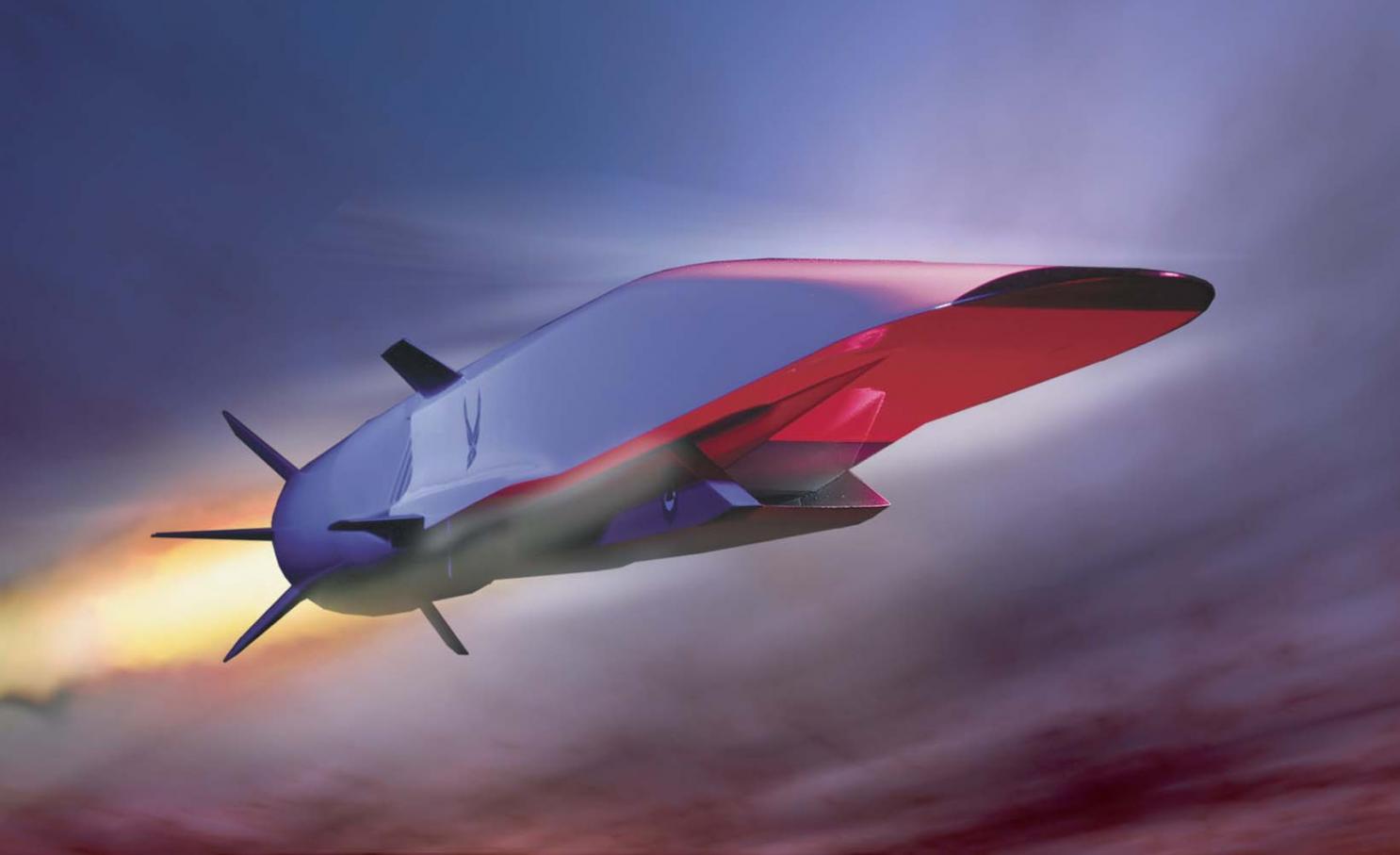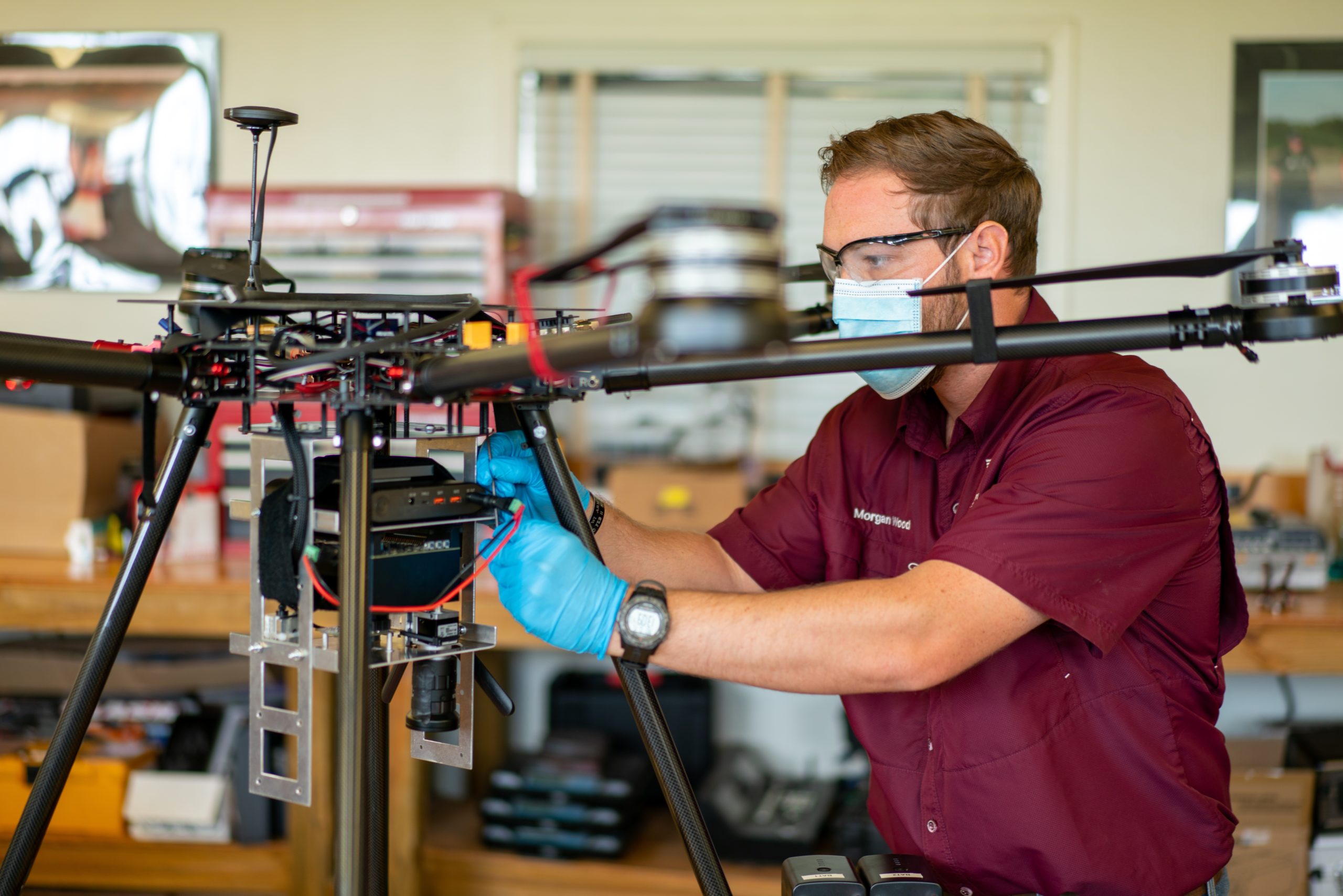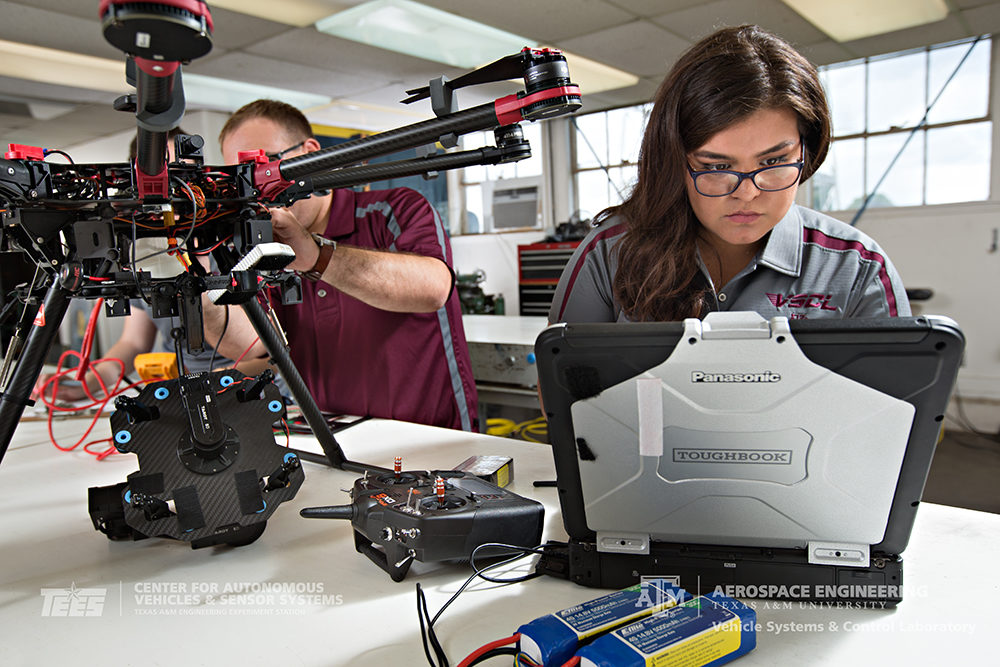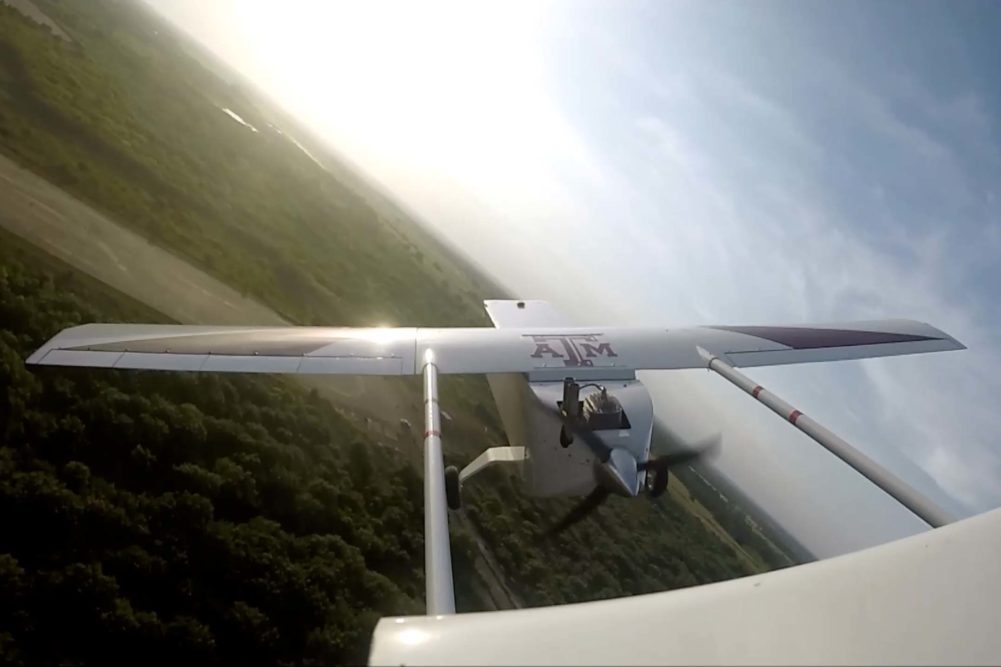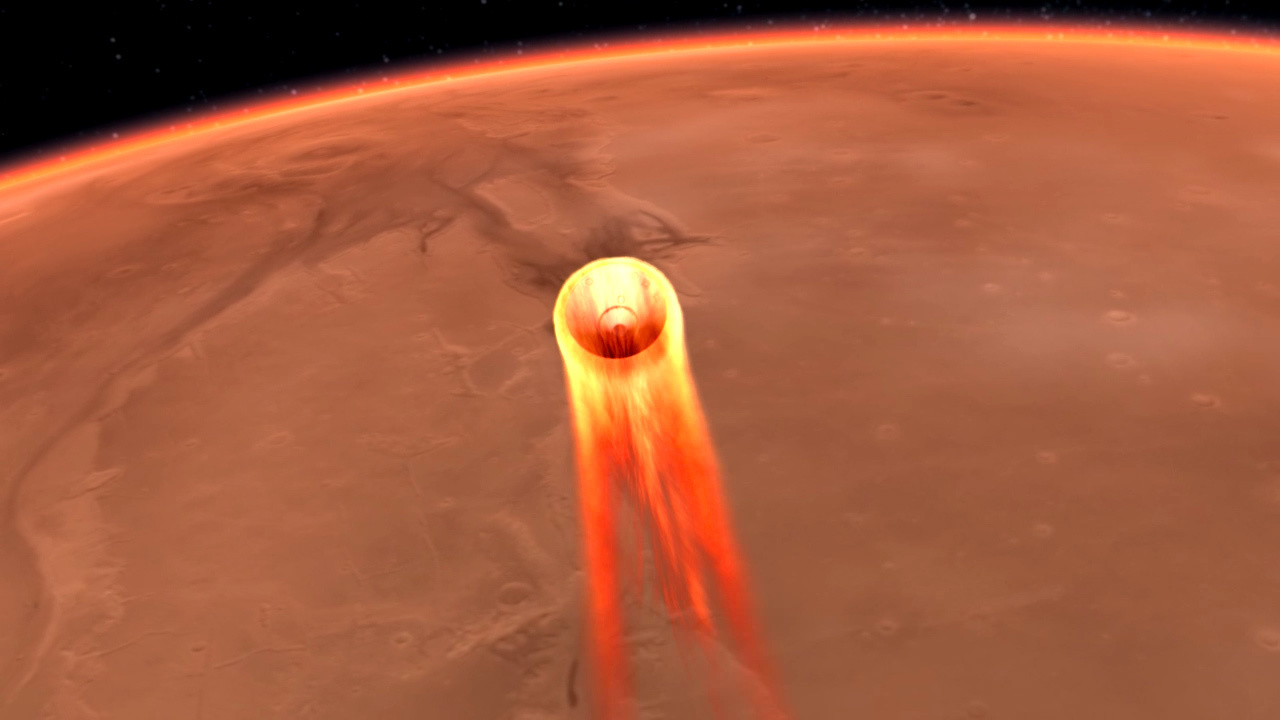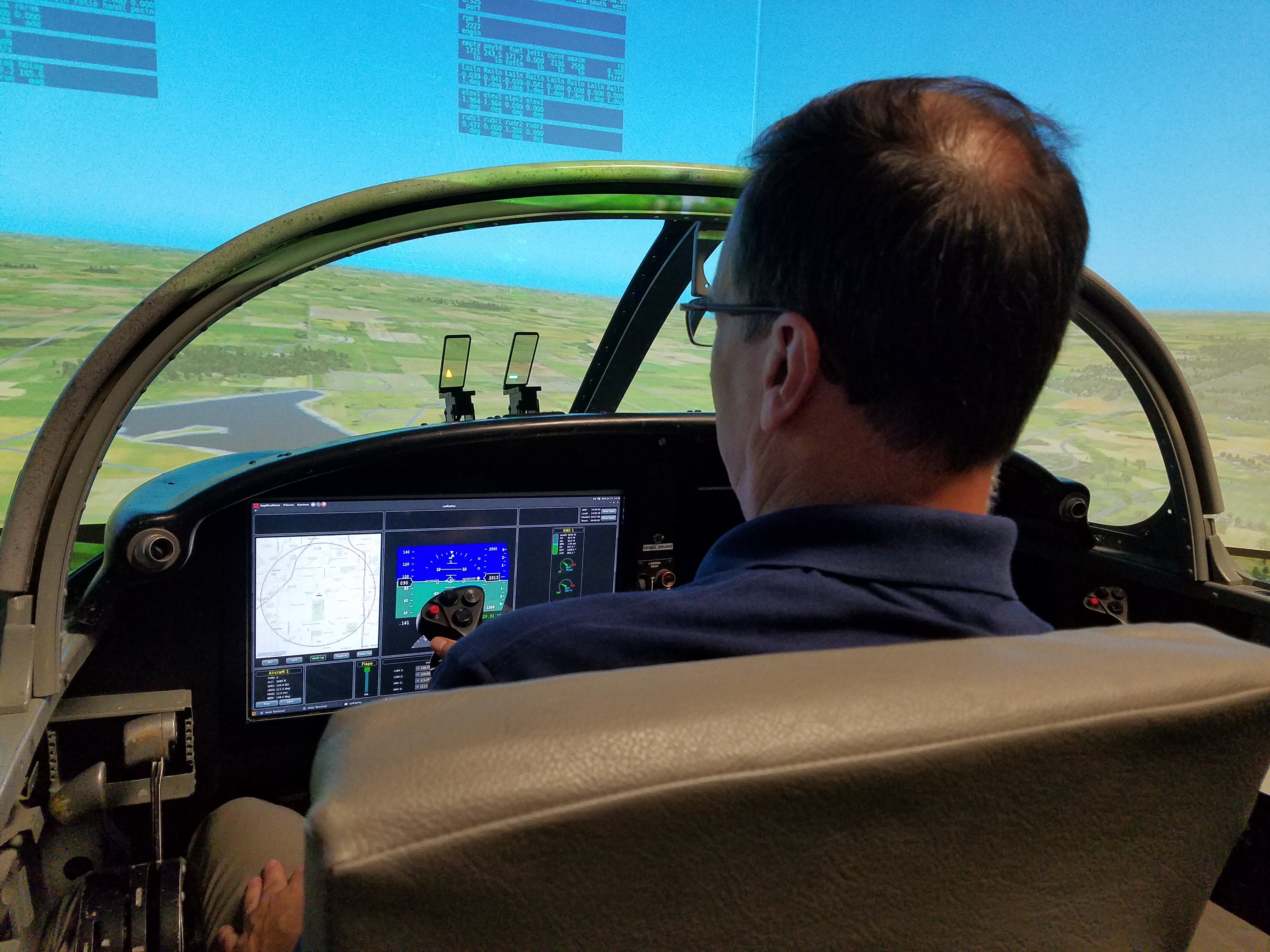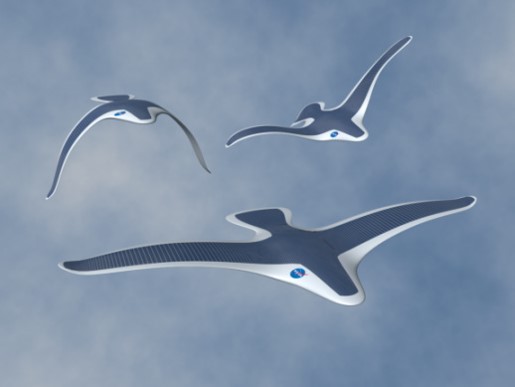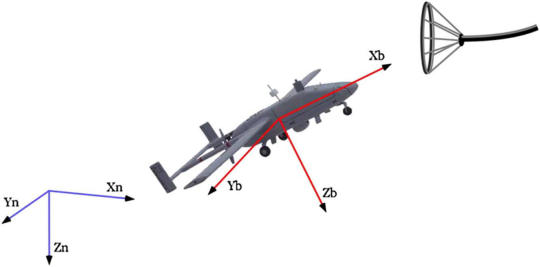Office of Naval Research
Principal Investigator and Technical Lead
1 May 2023 – 30 April 2026
Total award $597,468
Many naval aerospace systems such as unmanned air systems (UAS), high performance aircraft, and satellites are multiple time scale (MTS) systems. MTS systems are systems with some states that evolve quickly and some states that evolve slowly. These systems can have coupled fast and slow modes which occur simultaneously. For example, in aircraft the short period mode is fast and the phugoid mode is slow. MTS systems are particularly interesting from a controls perspective because the time scale separation in the plant can cause degraded performance or even instability under traditional control methods. Accounting for the time scales can remedy this problem. For example, a MTS control technique demonstrated significantly reduced rise times over traditional Nonlinear Dynamic Inversion (NDI). Similarly, traditional adaptive control has been demonstrated to have reduced performance on MTS systems. On the other hand, traditional control techniques that are specifically designed for MTS systems cannot account for systems with model uncertainties. Thus, a method of MTS control for uncertain systems is needed.
A novel methodology called [K]Control of Adaptive MTS Systems (KAMS) is developed which expands upon the class of dynamical systems to which MTS control and adaptive control can apply. While other techniques use elements of adaptive control and MTS control, other research stops short of fully and rigorously combining them. KAMS is a significant improvement over prior methods and provides insight into the physics of the system. It is capable of controlling systems with model uncertainty unlike traditional MTS control, and is robust to systems with unstable zeros unlike traditional adaptive control and feedback linearization. Further, KAMS is expected to provide the following benefits:
- Method can be generalized.
- Underlying physics inherent in the time scale separation are evident in the control law. This allows for improved analysis.
- Does not suffer from the curse of dimensionality.
- Derivation and implementation are simplified.
- KAMS is agnostic to the type of adaptive control and MTS control used. This could allow the new technique to take advantage of the most recent research.
- Improves performance for some systems by reducing rise time and overshoot compared to prior methods.
- Improves robustness to changes in time scale separation.
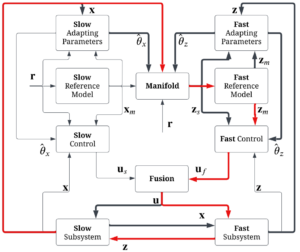
Figure: KAMS Control Loop Block Diagram
KAMS has low technical maturity but high technical potential. The research plan is to investigate KAMS so that it becomes more mature and closer to implementation on naval systems. This requires a theoretical understanding of the capabilities of KAMS and it’s limitations. In addition to investigating theoretical research questions, hardware validation of the resulting theory will be performed with a flight testing evaluation campaign using a small unmanned air system (UAS), both fixed-wing and rotorcraft, operating in a challenging environment.
TECHNICAL OBJECTIVES
- Evaluate the performance of KAMS compared to other traditional control methods
- Identify systems which benefit from KAMS
- Evaluate KAMS’s performance on naval systems
- Generalize KAMS for multi-input multi-output (MIMO), uncertain, nonlinear, nonstandard, adaptive MTS systems
- Identify the stable range for the time scale separation parameter
- Identify how KAMS changes when adaptive control is applied to the slow control, the fast control, or both.
Working with me on this program are Research Assistants:
– Ph.D. student Christopher Leshikar (B. S. Aerospace Engineering ‘20, Texas A&M University)
– M.S. student Jillian Bennett (B. S. Aerospace Engineering ‘23, Texas A&M University)
– M.S. student Noah Luna (B. S. Aerospace Engineering ‘23, United States Air Force Academy)

